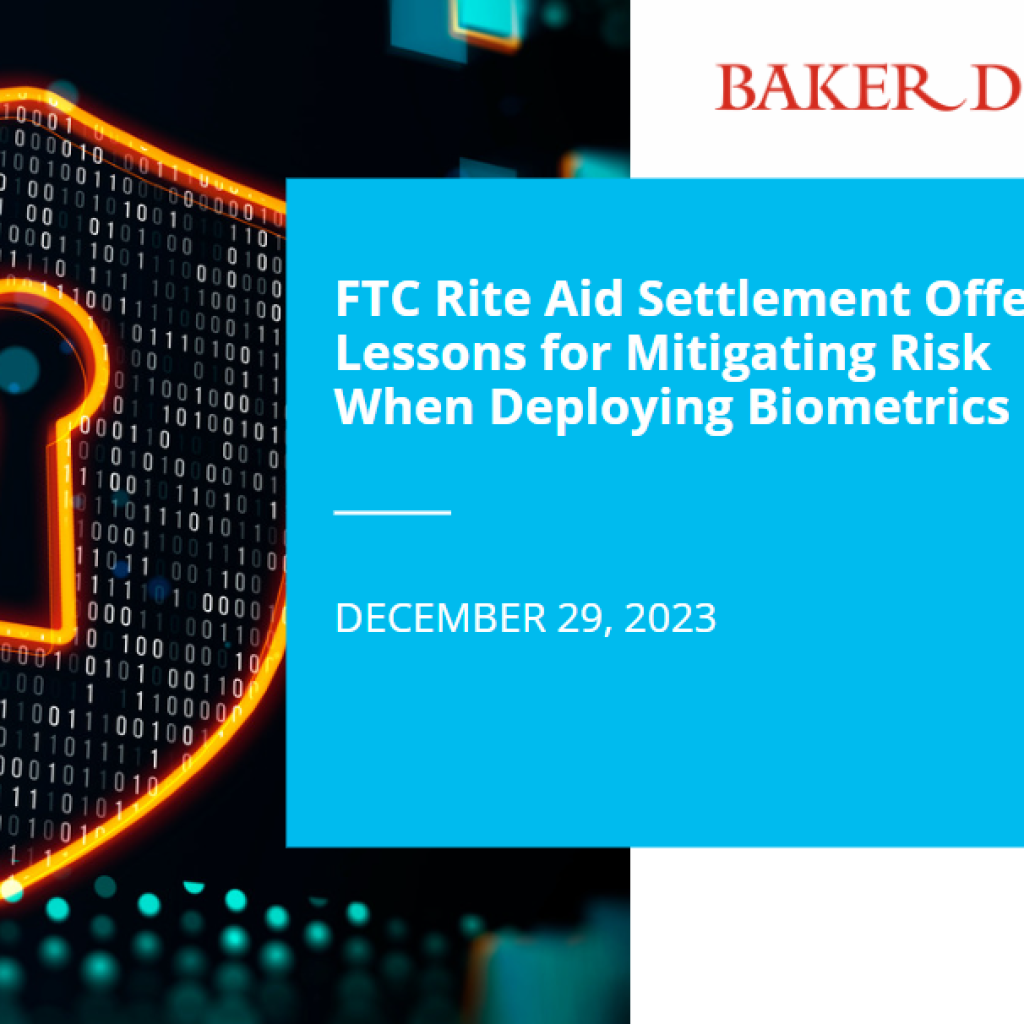As the U.S. moves fast to set rules for AI in elections, Canada is taking its time. This year, three provinces in Canada are set to have elections. Unlike in the U.S., where campaign teams are quickly adopting AI to reach voters, Canada is still in the early stages.
Steve Outhouse, a key campaign manager for the New Brunswick Progressive Conservatives, shares that AI is a new tool in elections. Despite his extensive use of digital tools in past campaigns, AI’s role remains limited. For now, the team prefers real people making calls to voters.
Similarly, the New Brunswick Green Party sticks to traditional ways of connecting with voters. This cautious stance contrasts with the U.S., where AI is reshaping campaign strategies.
Canada vs. U.S.
In the U.S., AI is not just a tool but a game-changer. Campaign teams use AI to craft call scripts, create visuals, and analyze voter data. Companies like Votivate LLC offer AI-based services to give less-funded campaigns a fighting chance. These tools provide real-time data, analytics, and help in canvassing and event planning.
Despite the slow uptake in Canada, some digital campaigners are beginning to integrate AI into their operations. Dean Tester of Tester Digital sees AI as a way to speed up tasks like research and content creation. However, human oversight remains crucial to ensure quality.
Guarding against misuse
The potential for AI misuse is a concern on both sides of the border. A recent incident in the U.S. involved a fake robocall pretending to be from President Joe Biden, created with AI. This has prompted both new regulations and a ban on AI-created robocalls by the U.S. Federal Communications Commission.
Canada’s regulatory body, the Canadian Radio-television and Telecommunications Commission, believes existing rules can handle AI misuse. However, incidents like the fake video in the Toronto mayoral race signal the need for vigilance. The Canadian Security Establishment warns that AI-created fake images and videos could harm democracy.
Legislative responses
In response to the challenges posed by AI, legislators in the U.S. and Canada are exploring new regulations. Oregon, for example, is considering a bill that would require campaigns to disclose AI use in persuasions. Canada is also examining its Canada Elections Act to ensure it reflects the latest technology.
Political parties in British Columbia have agreed not to use AI to impersonate humans. This commitment and existing laws against misrepresentation show a proactive stance against AI misuse.
Looking forward
Dominic LeBlanc, Canada’s minister for democratic institutions, expresses concern over AI’s potential negative impact on elections. The government plans to update the Canada Elections Act, considering AI’s role in elections.
This cautious and thoughtful approach highlights the balance Canada seeks to strike. While embracing technology’s benefits, there’s a strong emphasis on preventing its misuse to protect public trust in the electoral process.
As AI reshapes political campaigns, Canada’s cautious approach contrasts with the rapid adoption in the U.S. While recognizing AI’s potential, Canadian authorities and campaigners emphasize the need for ethical use and robust oversight. This careful path reflects a commitment to preserving the integrity of elections in the face of emerging technologies.





